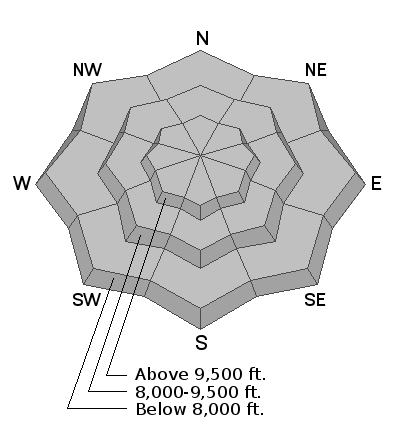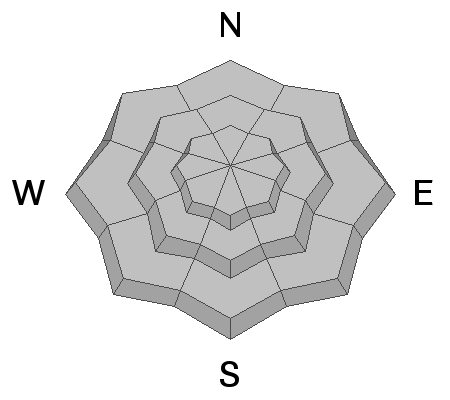Forecast for the Provo Area Mountains

Issued by Nikki Champion on
Friday morning, October 29, 2021
Friday morning, October 29, 2021
If there is enough snow to ski or ride, there is more than enough snow to produce an avalanche. The most likely places to trigger a slide will be on upper elevation slopes where a lingering slab of wind drifted snow could avalanche. Right now, the real danger isn't so much being buried but having the avalanche carry you over consequential terrain, causing traumatic injury. It's still very early in the season with limited skiing and riding options.
We will be issuing intermittent updates and publishing backcountry observations as they arrive. Please continue to submit your observations - Thanks!

Low
Moderate
Considerable
High
Extreme
Learn how to read the forecast here







